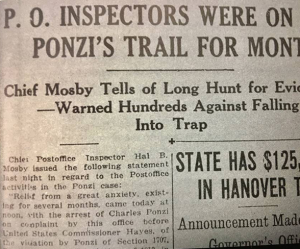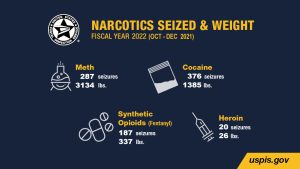KN, p. 307 “St. Patrick’s Day Mischief”
Sure n’ begorra, we hear lots of stories about shenanigans on St. Patrick’s Day. And the night before. And the day after. And all weekend when the holiday falls on the weekend. That includes Fridays. In case you hadn’t looked at the calendar, St. Patrick’s Day falls on a Friday this year.
Pubs will be jammed and green beer will be flowing. Cops will be out and about, patrolling as precincts ask for all hands on deck while The Irish, and wannabe Irish folk all over the world celebrate. And drink. The amount of alcohol consumed that day is phenomenal. Guinness (beer company based in Dublin) reports that people in 150 countries drink about 13,000,000 pints worldwide on St. Patrick’s Day alone.
Listen closely to the people sloshing as they walk – or fall down.
That day, law enforcement has to deal with more than the usual traffic stops – drunk drivers get feisty when pulled over. If arrested, the ‘boozed up’ are likely to toss their cookies in the back seat of the patrol cars, and/or use that back seat as a bathroom. Yup. Not pleasant for anyone, and it’s the reason those back seats and floors are industrial strength vinyl, rather than cloth. Easier to wash out with a hose between arrests.
Some criminals get creative and dress up in costume on St. Patrick’s Day. Back in 2010, a bank in Tennessee was robbed by a guy dressed as a leprechaun. There was a car chase, a gunfight, and two dead bank robbers at the end of that ill-conceived day. The money was recovered.
One of the most famous crimes committed on St. Patrick’s Day was an art heist at the Isabella Stewart Gardner Museum in Boston in 1990.
Impersonating Boston police, two men arrived at the museum, tied up the guards, and made off with 13 paintings valued at a half billion dollars. The paintings have never been recovered, but the heist has been the topic of several fictional versions of their whereabouts over the intervening 30+ years. I visited the Museum 15 years ago and saw the empty frames still hanging on the walls as placeholders. A sad reminder to the public of their loss.
A few responsible people do help when they see something tragic occur. In 2014, a drunken 22 year old decided to drive anyway. He hit and injured a woman and her boyfriend with his car. One of his friends in the car tried to get him to stay put after the accident, but he drove away. A cabbie witnessed the accident and followed the 22 y.o.’s car until he lost it in traffic. BUT, the cabbie called the police, shared the plate number, and the cops were waiting for the young man when he got home. He was arrested and pleaded guilty to second degree vehicular assault and leaving the scene of an incident without reporting it to police.
A garage roof collapsed and eight students were injured at an off-campus party in California attended by close to 1,000. They had been ‘brewfing,’ (sitting on a roof while drinking beer). Afterward, the town mayor decided to prohibit people being on a roof unless repairs were being done.
A man set himself on fire during a New Jersey St. Patrick’s Day pub crawl. In 2015, the police arrived at a pub to find a man on fire in the middle of the road. 25 bars in the area were on the pub crawl list. The officers put the fire out, so he was lucky and not seriously injured. The crawl never stopped, and by the end of the night, 11 people were arrested for drugs, assault, public drinking, and more…
Then there was the “Blarney Blowout” in 2014 near UMass in Amherst. Police in riot gear showed up for that one, trying to control thousands of drunken partiers. Some students threw beer bottles and cans at the cops. 52 arrests were made and people were injured on both sides of the melee.
In general, being drunk at a private party won’t get you arrested unless somebody gets hurt, or you wake the neighbors. But, what happens to you when you are arrested for drunk driving?
Penalties for DWI in North Carolina (similar in other States)
For a first offense, you will be required to pay a fine of up to $200 and stay in jail for at least 24 hours and up to 60 days. You will also lose your driver’s license for 30 days and be required to perform 24 hours of community service. You are taken straight to jail and your car is towed at your expense.
For a second offense, you will need to pay a fine of up to $500. You will have to stay in jail for at least 48 hours and may be required to stay for up to 120 days. You will also lose your driver’s license for 60 days and be required to perform 48 hours of community service.
For a third offense, you will pay a fine of up to $1,000. You will be required to serve a minimum jail sentence of 72 hours, but it could extend to six months. Additionally, you will lose your driver’s license for 90 days and be required to perform 72 hours of community service.
Some offense info found at: https://www.schlosserandpritchettlaw.com/
Enjoy yourself on St. Patrick’s Day, but please stay safe and be mindful of the safety of others.
KN, p. 307 “St. Patrick’s Day Mischief” Read More »







